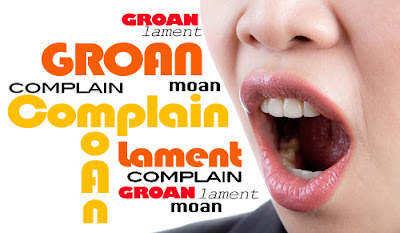Cybersecurity pros are clever. It's not easy to outfox them.
Reed is CMO of the early-stage social media security company ZeroFOX. His firm protects innocents from becoming prey to hackers, spammers and scammers on Facebook, Twitter, LinkedIn, Instagram, YouTube and dozens of other social media platforms.
Reed has tamed social to romance the cybersecurity pros attending mega events like Black Hat, SecTor and RSA Conference, and transform them into advocates for his scrappy new brand.
"Our participation in security-industry events like Black Hat and RSA represents a substantial business investment," Reed says. "So we have to do interesting things wrapped around those events to achieve the maximum results."
Reed believes social media today is all about pictures.
So before a recent event, he bought a Snapchat Geofilter, branded it, and hired a troupe of actors to pose with attendees for snapshots. Thousands of snapshots.
"Social media engagement is now largely photo-driven," Reed says. "That's why we make sure to arrange our participation at all large events around photogenic spots, bring backdrops and props, hire and costume an actor as our mascot, and have photographers at the ready."
Reed customized the Snapchat Geofilter with his company's graphics and tagline for the event, "They've weaponized social media." He also embedded hashtags in the filter, and in all his other social media outreach, to drive sharing.
"We leverage social media at all events where the audience is heavily Millennial," Reed says. "Snapchat, Twitter, Instagram and Facebook all allow geotagging and audience engagement."
At past events, he has also deployed video walls on site, to billboard the thousands of posts generated. And when the organizer has its own video walls for social media, Reed's team leverages them heavily, to drive on-screen promotion of his brand.
Reed's antics aren't contained to the convention center. At a Skyfall-themed after-party at Black Hat, he set up photo booths replete with a cast of James Bond characters, who hammed it up while attendees posed with them for shots (photos, not Tequila). The photo booths automatically added hashtags to every photo and printed funny signs that displayed the hashtags. Attendees could pose holding the signs, and further drive sharing and engagement.
"I like using social around events for a number of reasons," Reed says.
"First, it's purely user-generated content, so your investment in creative amounts to buying a filter. The rest comes from team engagement and creativity.
"Second, social extends the value and shelf-life of the events you participate in. A conventioneer actually will engage with your brand and help you grow it.
"Third, while you're aiming to reach non-attendees, attendees feel good about your brand, because you help them make new connections on the floor. 'I saw you with James Bond last night," a total stranger will walk up and say to someone. "That was awesome!"'
Reed has advice for convention center and hotel operators, based on his recent successes.
ZeroFOX's obsession with photo-sharing means the marketers at the company now choose booth locations, popup meetings and activities, and party rooms based on how photogenic the backgrounds are.
"There's no reason a venue's signage, lobby art or building features couldn't be part of that background, even if it's just part of a portable photo backdrop," Reed says.
"When I do site walkthroughs, I'm always looking at the visuals for social photo engagement. I encourage all event professionals to consider this a whole new way to market your space. Venues should become more open to thinking about the cross-promotional opportunities we can bring them."
NOTE: You can find Brian Reed (aka ReedOnTheRun) on Twitter, LinkedIn, Facebook, Instagram and Snapchat.

























